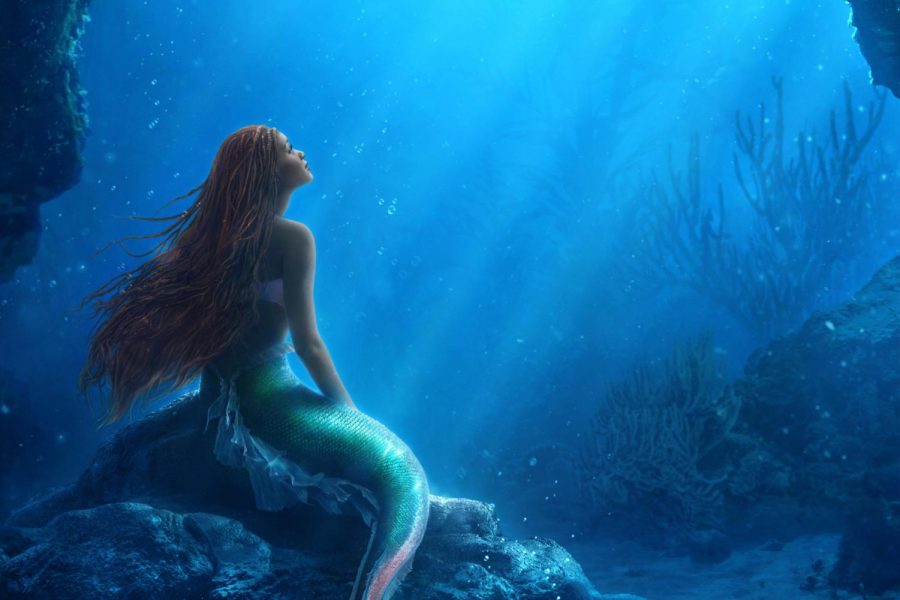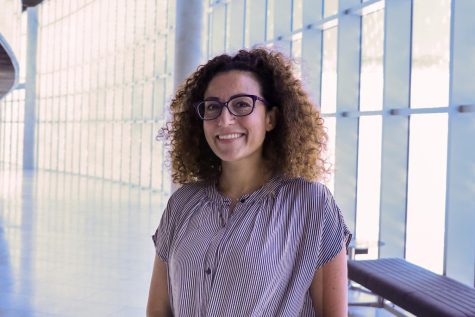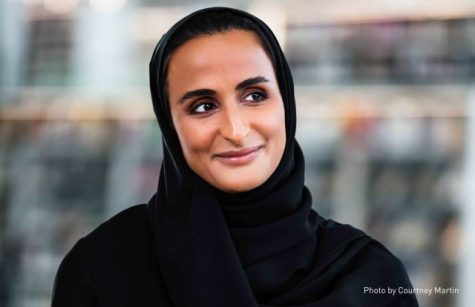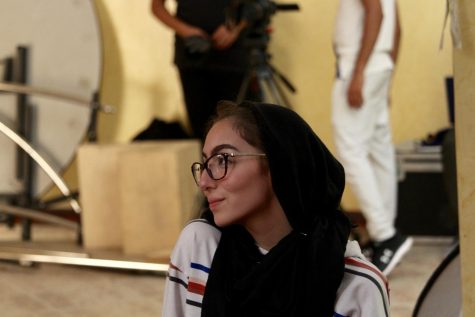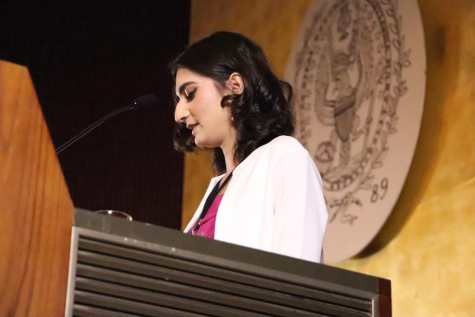What does the new Little Mermaid say about racism and representation in children’s media
An online racist backlash is continuing three years after Disney cast a Black lead for the titular role in the live remake of its 1989 classic, “The Little Mermaid.”
In 2019 Disney announced that the remake, set to premiere in May 2023, will feature Halle Bailey, an African American actor and singer, as the main character, Ariel – portrayed as a white, red-haired mermaid in the original animated movie. The remake trailer, released in September, reinvigorated the conversation, which has become more intense and controversial.
Five days after the release of the trailer on the Walt Disney channel, the video received 2.1 million dislikes, which led Disney to disable the dislike button to quell the backlash Bailey faced as a Black woman taking on the role of a character previously portrayed as white. The fray continued on other social media platforms, however, exemplified by one Twitter poster complaining that the new depiction of Ariel is “ruining their childhood memories” under the hashtag #notmyAriel.
“Having Black actors play roles previously played by white actors should not be a big deal, and the fact that it is to some people demonstrates that racism exists and is very strong,” said James Hodapp, assistant professor at Northwestern University in Qatar, who specializes in African, comic, world and postcolonial literature.
Critics have also said Bailey shouldn’t play Ariel because mermaids are European mythical creatures, Danish by origin. Other claims include that it is scientifically impossible for mermaids to be Black because they live underwater, where sunlight cannot reach and melanin cannot be produced – even though Disney did feature a Black mermaid, Gabriella, in “The Little Mermaid” TV series that aired from 1992 to 1994 on CBS. Gabriella looked up to Ariel and wanted to be a singer just like her. She was also deaf and communicated using sign language.
“A mermaid is a mythical creature that does not exist, and to see people arguing strongly that [mermaids] can’t be Black says much more about the people making these claims than it does about mermaids,” Hodapp said.
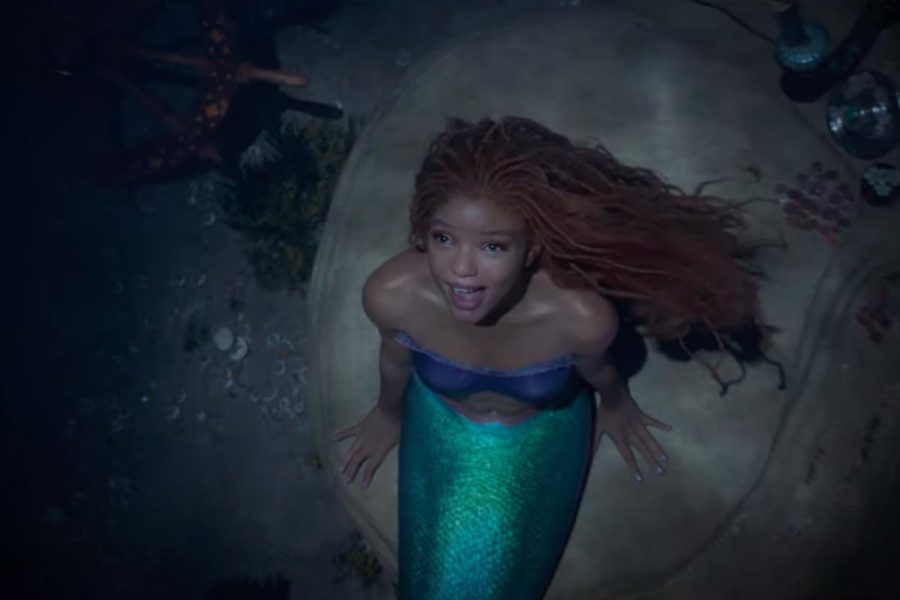
On the flip side, the trailer has gotten very different reactions from Black, Indigenous and other people of color. Social media platforms such as TikTok are filled with video clips of young Black girls reacting to the trailer for the first time, looking pleasantly surprised and excited. In one clip a young Black girl screams, “she’s like me,” as soon as she sees Bailey playing Ariel, an apparent reference to the absence of such representation for many Black children.
Leshamta Maina, 21, a Kenyan sophomore at Georgetown University in Qatar, grew up watching Disney movies. “Seeing a Black woman play the role of a princess, with a kingdom backing, and living a lifestyle that seemed so detached from the Black-girl reality, is like placing a crown on my head,” she said, “and not feeling like a mannequin in a store just for display, but a young girl who humanizes and embodies it.” Maina added that watching content with characters that look like her made her realize that she can live a beautiful life as well, something that did not occur to her as a child.
Media are often the first exposure children have to the outside world. For children to understand their world and their realities better, it is important that the media they consume is diverse across identity markers including race, class, gender, sexuality, and religion. According to Kirsten Pike, assistant professor at Northwestern Qatar who specializes in children’s media, “To feel good about themselves, children must be able to find characters and role models who are like them,” which also helps them to understand different cultures and identities.
Children’s media have either tended to exclude marginalized identities or represent them based on negative stereotypes, such as women of color being sexualized in the depiction of the character Jasmine in “Aladdin.” Hodapp said seeing negative representations of BIPOC can adversely affect the self-esteem of children of color. “If we don’t see ourselves portrayed in popular media, we can come to understand ourselves and people like us as others – unseeming, unattractive or simply not good enough to be a part of the world.”
Othering and feeling othered can have a variety of detrimental effects. Children who share physical features that are glorified to the exclusion of others in such media representations can grow up feeling entitled and special. This can lead to behaviors that are harmful and exclusionary to others, including, but not limited to, bullying.
On the other hand, children who do not see themselves or people who look like them on screen may grow up feeling insecure and dissatisfied with how they look, lowering their self-confidence. This can also foster internalized racism in children of color as they begin to doubt people of their own communities and believe negative stereotypes about them. This could lead them to develop illnesses and disorders including body dysmorphia, depression and anxiety.
Rajeev Anand Khushwah, 24, a research associate at the Center for Law and Policy Research in Bangalore, India, who focuses on queer experiences and feminist ethics of care, recalled that growing up watching Disney movies, “the lack of representation always made me feel sad that I do not have any character that is precisely like me.” As a queer, brown kid with braces and oily hair, Khushwah said they were unable to identify with any of the characters they saw on screen and perceived not only as good people but also as good-looking people. “When I discussed these movies with people,” they recalled, “I would get ridiculed for liking something I can never be.”
Augusta Shimva, 19, an NU-Q sophomore from Rwanda majoring in communication, says her childhood did not revolve around Disney movies. “I may have liked one or two characters a little more because they looked, talked, or behaved like me, but otherwise, it did not matter to me as much.”
Shimva was exposed to a mixture of films from Hollywood, Bollywood, Nollywood, and other African countries and therefore saw a wide variety of representations. “Much of the movies I watched were also heavy on the ‘love yourself’ message, so I guess I internalized that, thankfully,” she added. Being exposed to media that generates positive messaging for youth and representation they can identify with is pivotal to the development of their self-esteem.
Historically, Disney characters have been mostly white, and some portrayals of characters of other races have incorporated stereotyping or misrepresentations. Jasmine was the first Arab character to be portrayed as a princess, but she was mistaken to be South Asian. Many Arab girls have reported they could not relate to Jasmine because they thought she looked Indian, while they related more to the white princesses because they looked more like them and dressed more modestly.
Tiana, the first African American Disney princess, was depicted as a frog for three-fourths of “The Princess and the Frog” and was one of the only princesses to struggle with work and money. Pocahontas, the Native American princess’s story, is seen as white-washed, romanticizing and downplaying the gruesome realities faced by Indigenous communities during the European colonization of the Americas.
Hollywood has also often cast Black actors who are light-skinned. Zendaya, who played Rocky Blue in the Disney Channel series “Shake It Up,” has claimed that she is Hollywood’s acceptable version of a Black girl. “Blackness is often made more palatable by conforming to white beauty standards – the same defined features, hair, etc. that we conventionally find attractive,” said Maya Goel, 24, a young Indian writer from Madikeri, Karnataka, in relation to Halle Bailey being light-skinned. “So it’s a carefully orchestrated kind of representation, a fairly homogenized American version.”
While the representation of non-white Disney characters has broadened in recent years to include Mulan, Brave, Encanto and now Ariel, it remains a question whether such diversification is genuine or a business decision to appeal to a broader audience. According to a 2021 report by Common Sense, 57% of parents want their children to be exposed to diverse media to encourage them to become more inclusive of others and accepting of themselves. This sentiment is even stronger in Black parents, with 75% saying it is extremely important.
Alice Kangabe, 22, a GU-Q junior from Rwanda who grew up watching “The Little Mermaid,” said, “I think Disney was given the pressure of world-culture thinking – by changing the race of Ariel, they might win the favor of the Black community.”
Khushwah sees media representation of queer characters and characters of color in a similar vein. “Media is going toward tokenistic representation to win the favor of the queer audience. Everything works in capitalist ways, and Disney is no expectation,” he said.
Whatever the profit motives of companies and brands behind more diverse content, it’s still a win for marginalized communities that have historically been erased from popular media. But there is still a long way to go to address the underrepresentation of Latinx and Asian communities and the virtual absence of characters that are queer, neurodiverse or have disabilities.
In Pike’s words, “It’s essential that the media artifacts children consume reflect the rich diversity of human identities and experiences.”



